RSPCA Victoria reveals the worst areas for animal cruelty
Our suburbs are home to some of the state’s most callous cases of animal abuse – including a cat bound with cable ties and scores of malnourished pets. Find out where your neighbourhood ranks. WARNING: DISTURBING IMAGES
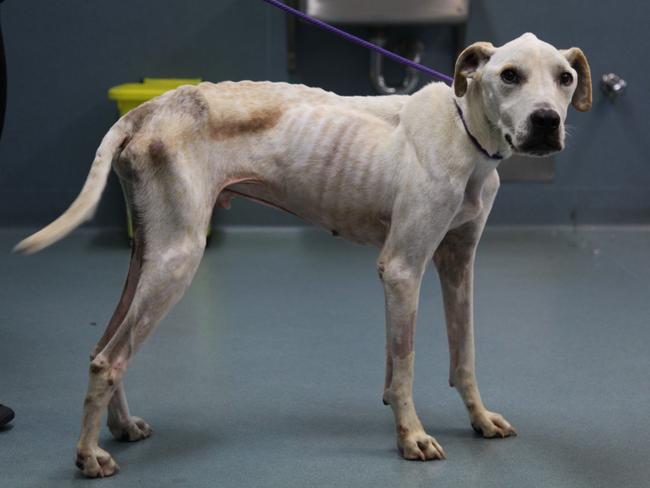
South East
Don't miss out on the headlines from South East . Followed categories will be added to My News.
Two kittens who were thrown from a moving car into peak-hour traffic, a cat bound by cable ties, and a cat killed by an illegal rabbit trap are among thousands of “heartbreaking” animal cruelty cases reported across Melbourne.
RSPCA Victoria figures reveal there were more than 6500 reports of animal abuse across the suburbs in 2018-19.
Across the state, 11,638 reports were made – an increase of 996 on the previous year.
Casey fared worst in greater Melbourne – following only Geelong on the state’s tally – with more than 500 reports made during that time.
It was followed by Hume (410 reports), Whittlesea (383), Melton (375) and Wyndham (364).
Neglect was the most common abuse reported overall, with thousands of animals starved of food, water and shelter.
MORE: DOG BEATEN, TIED TO A TREE IN MELBOURNE’S NORTH
SKELETAL HORSES, STARVING DOG AMONG ABUSE IN THE SOUTHEAST
ANIMAL CRUELTY HOT SPOTS IN EASTERN SUBURBS REVEALED
Other cruelty cases included underweight animals, dire hygiene grooming and housing conditions, sick animals deprived of veterinary treatment and creatures being beaten or wounded.
Some individual reports also related to the abuse of multiple animals – particularly horses.
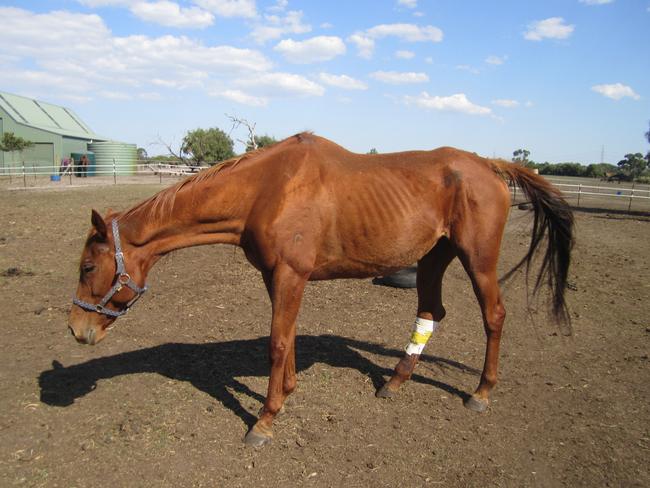
Animal cruelty cases reported to RSPCA Victoria included:
– A dog that had been beaten, severely injured and tied to a tree near Diggers Rest
– Illegal rabbit trap “wire nooses” found in Melbourne’s eastern and southern suburbs
– A starving dog found wandering around Seaford
Across Victoria the areas with the most cases per capita were the Pyrenees, northwest of Ballarat, which had one report of abuse for every 101 people and Loddon Shire, where there was a case for every 139 residents.
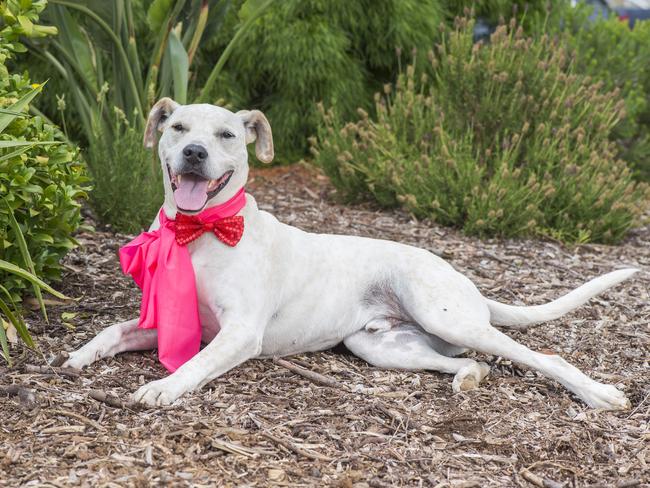
RSPCA Victoria chief executive Liz Walker said it was “heartbreaking” animals were suffering, often due to a lack of basic care.
“Looking at these figures it’s easy to feel disheartened however … the individuals who make these reports give a voice to vulnerable animals who can’t speak for themselves,” she said.
Casey Council safer communities manager Caroline Bell said the council directed all reports of animal cruelty to the RSPCA for investigation.
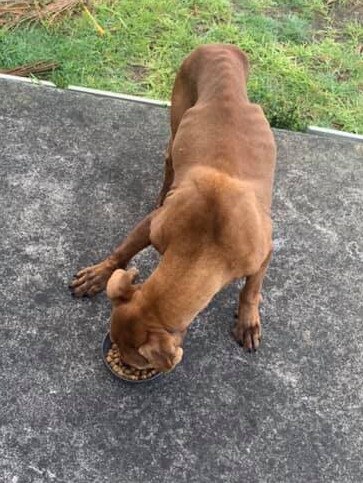
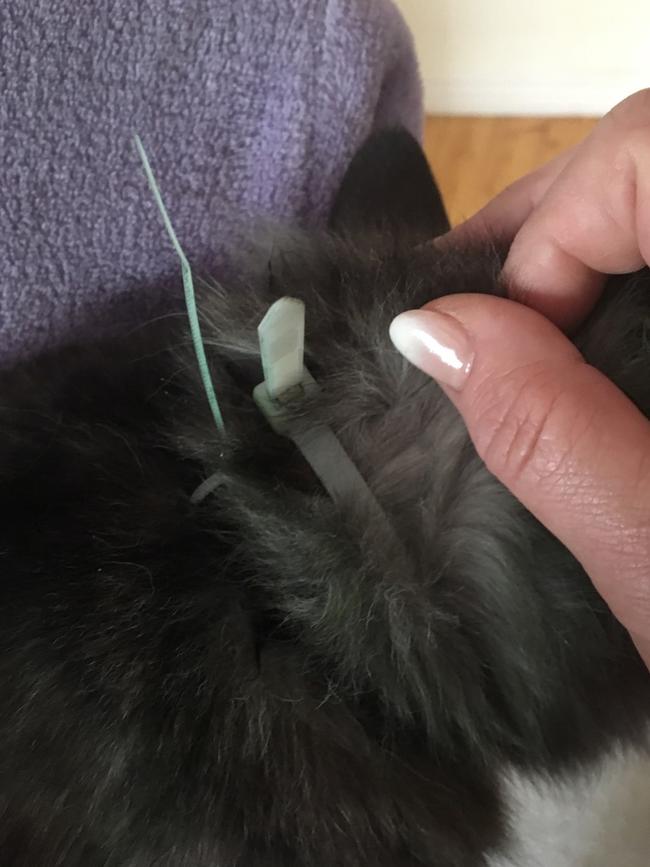
“Council’s responsibility is to enforce the Domestic Animals Act 1994, the Casey Community Local Law 2018 and to promote responsible pet ownership,” she said.
“This includes regulations about the number of animals that can be kept on a property and ensuring that the property size is suitable for the number and type of animals, and that they are kept in clean, inoffensive and sanitary conditions.
“Council officers will investigate and enforce identified breaches of these local laws.”
Hume Council corporate services director Daryl Whitford said the council worked closely with RSPCA officers, sharing information and providing resources when requested to assist with welfare investigations.
The council also provided information to residents about responsible pet ownership, and prohibited keeping more than two dogs or cats in residential areas to prevent hoarding and backyard breeding, he said.
